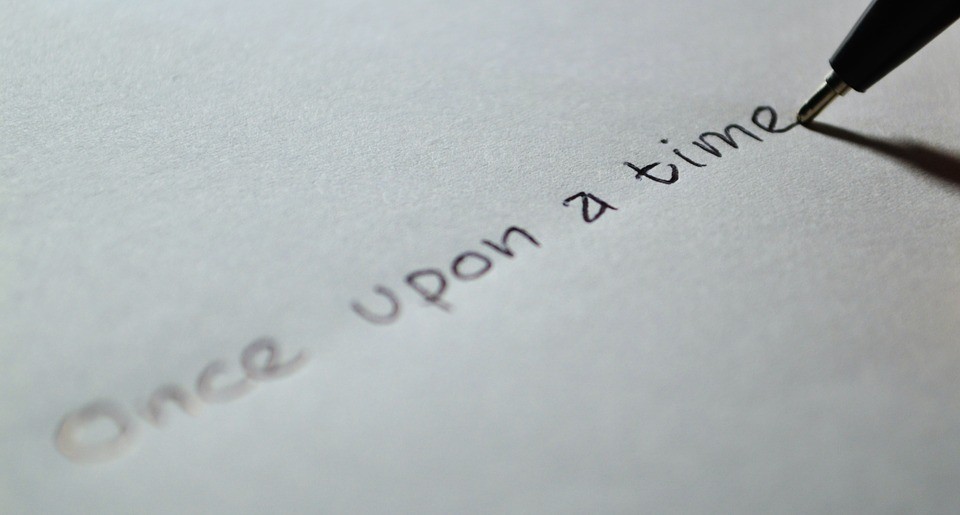

Creating endearing characters and giving them life requires you to present the story through their eyes—and doing so in a way that makes sense to the reader.
For authors who are starting out, this seems intimidating, but although it’s not as simple as what we’re trying to make it, writers can come up a great multiple-perspective narrative.
Six Essential Questions to Ask When Writing Multiple Viewpoints
In many novels, we often notice that there are multiple viewpoints to a narrative. In storytelling, especially in tales with a wide range of characters, it’s often a good idea to mix it up a little with varying viewpoints, which is crucial when it comes to developing your characters.

Actually, POV writing is rather tricky to master, especially if you’re a writer who’s just starting out. There’s really something about multiple viewpoints that needs to be practiced and polished.
It’s one thing to write how a few characters are taking things, but it’s another to make their narrative convincing. The mistake budding writers make is employing too much among characters, while not really innovating, convincing, and offering anything new!
Taking all that into account, how should a writer deal with concerns on different viewpoints? Here are a few questions you probably need to ask.
-
Should I stick to one viewpoint when starting out?
It may seem counterproductive to have just one viewpoint and may not appear to help you reach your goals in coming up with a story with different characters, but what you should know is that you could get your narrative muddled up, to the point that it’d be hard to comprehend. It’s good practice to just start with one, and you may do so with your side project to polish your skills. Once you get around to actually writing your masterpiece, then you’d be able to finally pull off multiple viewpoints.
-
What is head-hopping?
If you’re actually bent on having multiple viewpoints, then you should avoid this common problem that always plagues amateur writers. Head-hopping is the sudden change of point of view without proper section breaks. It’s messy and confusing. Stories that head-hop are often difficult to understand and are frustratingly hard to follow. If you don’t want readers to put down your book, you should really practice shifting viewpoints by chapter instead.

-
What problems does a third-person omniscient point of view entail?
The thing is that writing about varying viewpoints can also get muddy. Writing in third-person omniscient would commonly lead to head-hopping, which can be disorienting to readers. Employ third-person omniscient by focusing on one character, while shifting the viewpoint to other characters as scenes change. But again, it requires plenty of practice, so you may be better off dividing points of view by chapter instead of being the omniscient author.
-
How should I start when developing characters with multiple viewpoints?
The first thing you need to do when coming up with your characters is to list down their traits and use a third person multiple point of view. For instance, Jeremy may be reserved, introverted, and socially anxious, while Morgan could be the outgoing type. Write their viewpoints, therefore, according to the traits they have. It would make sense that Jeremy has a lot of thoughts in his head, but his dialogue is limited. Morgan could be otherwise, and may have lengthy lines.
-
Should I have varying viewpoints for every single character?
It’s probably your aim to develop each character in the story—especially if it’s a story with many characters, but is it the practical approach? While someone like George R.R. Martin has mastered the art of multiple viewpoints, it’s probably best not to follow his path. You should set which characters should have viewpoints. Try not to get too ambitious with character plot development.
-
Lastly, would I actually be able to pull multiple viewpoints off?
Yes! Although it does require a good amount of practice, you should be able to write a comprehensive story with an objective POV that won’t leave readers stumped. You just need to start out small and then work your way from there, and then, you can perfect the art of third person narrative.
Remember that it takes time to write a good story where all characters have the chance to speak. So, be more versatile in your writing, that you can finally start writing varying viewpoints.
Leave a Reply


